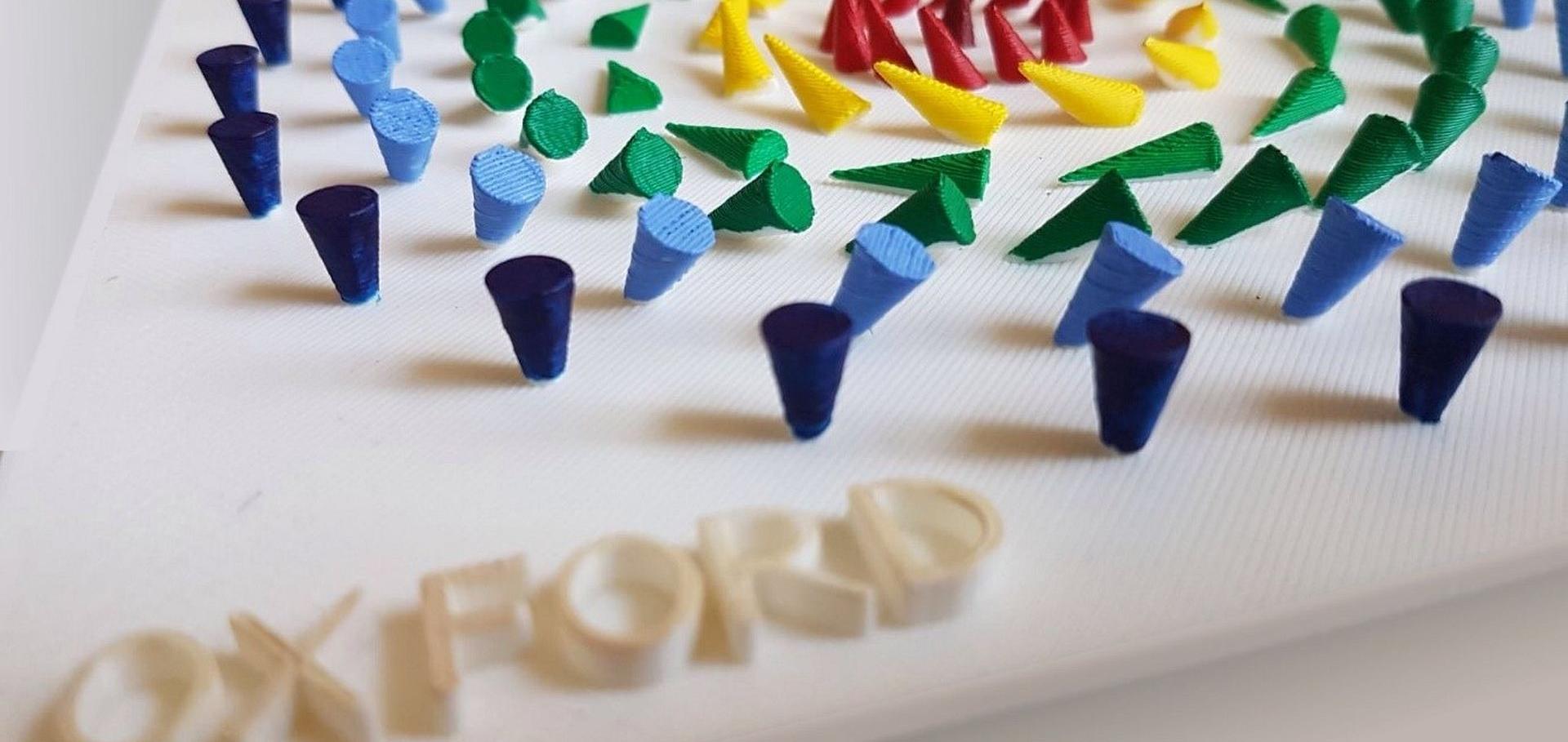Phase velocity measurement of in-plane polarized surface acoustic waves with high spatial resolution
Proceedings of the IEEE Ultrasonics Symposium 1 (1998) 127-130
Abstract:
In this paper we present a new method that allows the measurement of the phase velocity of in-plane polarized SAWs with high spatial resolution. The capabilities of the scanning acoustic force microscope had to be extended by the analysis of torsional cantilever motion. A nonlinear coupling mechanism between in-plane oscillations and this movement could be found, that allows an mechanical mixing of in-plane SAWs. Phase velocity measurements of Love waves on the system Au/SiO2/ST-quartz are presented. A good agreement with theoretical predictions for the velocities could be found.Stress and relief of misfit strain of Ge/Si(111)
Applied Physics Letters 73:18 (1998) 2579-2581
Abstract:
The intrinsic stress and morphology of the Stranski-Krastanow system Ge/Si(111) have been investigated at deposition temperatures of 700-950 K. In a broad range of intermediate temperatures, only one distinct decline of stress is observed at the onset of three-dimensional islanding. Supported by a recent transmission electron microscopy study, the results demonstrate that the strain of Ge/Si(111), where the substrate surface in contrast to Ge/Si(001) is the glide plane for dislocations, is relieved by incorporation and continuous rearrangement of dislocations during the island stage. © 1998 American Institute of Physics.Transverse surface acoustic wave detection by scanning acoustic force microscopy
Applied Physics Letters 73:7 (1998) 882-884
Abstract:
We present a scanning acoustic force microscope (SAFM) for the study of surface acoustic wave (SAW) phenomena on the submicron lateral scale. Until now, SAWs with in-plane oscillation components could only be studied effectively via nonvanishing out-of-plane oscillation contributions. By operating the microscope in lateral force mode, where both bending and torsion of the cantilever are detected, additional amplitude-dependent signals are found, which are due to the interaction with purely in-plane polarized surface oscillations. To demonstrate the capabilities of this type of SAFM, Love waves were studied on the surface of layers deposited on ST-cut quartz with SAW propagation perpendicular to the crystal X-axis. The phase velocity of the wave as well as the amplitude of a standing wave field was measured and compared to calculated values. © 1998 American Institute of Physics.Intrinsic Stress and Misfit Relaxation Ge/Si(001)
Proceedings of the 1998 SSDM (1998)
Intrinsic stress upon Stranski-Krastanov growth of Ge on Si(001)
Surface Science 402-404 (1998) 290-294


